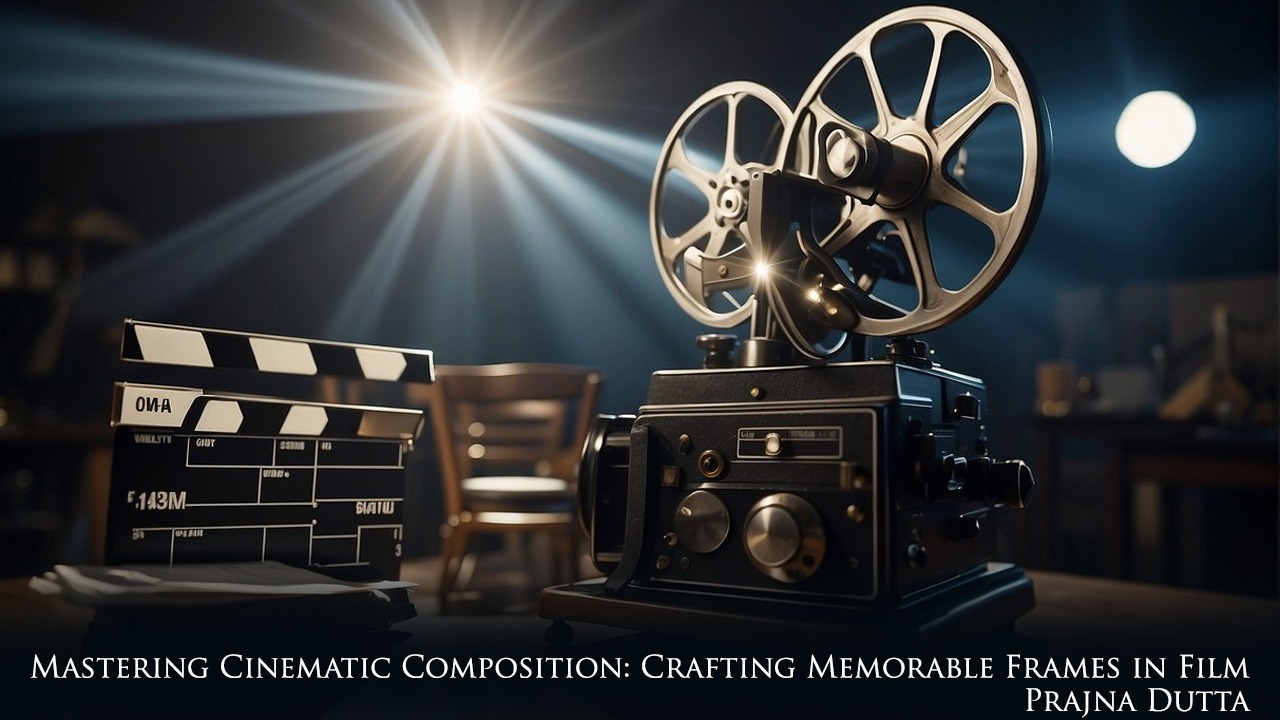In the world of filmmaking, every frame is a canvas for storytelling. The way a shot is composed can deeply influence the audience's experience, conveying emotions, setting the mood, and guiding their attention. As a filmmaker, understanding the art of framing is crucial for creating visually captivating narratives. Let's delve into the elements of crafting a frame in a film, using examples from iconic movies to illustrate these cinematic techniques.
1. Embracing the Rule of Thirds:
Consider the iconic shot in "The Shawshank Redemption" where Andy Dufresne stands in the rain, arms outstretched, after his escape. The use of the rule of thirds places him off-center, creating a visually striking and emotionally resonant composition that draws the viewer into the moment.
2. Harnessing Leading Lines:
In "The Lord of the Rings: The Fellowship of the Ring," the winding paths and rugged terrain of Middle-earth serve as powerful leading lines, guiding the audience's gaze and imbuing each frame with a sense of adventure and exploration.
3. Creating Depth and Perspective:
In "Inception," director Christopher Nolan masterfully employs depth of field to create a sense of layered reality within the dreamscapes, using foreground, midground, and background elements to immerse the audience in a visually mesmerizing experience.
4. Balancing Symmetry and Asymmetry:
Wes Anderson, known for his distinctive visual style, often uses symmetrical compositions to create a sense of whimsy and order in films like "The Grand Budapest Hotel." Conversely, in "The Shining," Stanley Kubrick's deliberate use of asymmetry in the famous "Here's Johnny!" scene generates a feeling of unease and disorientation.
5. Dynamic Camera Movements and Angles:
Alfonso Cuarón's "Gravity" showcases the power of dynamic camera movements, with long, sweeping shots that enhance the sense of weightlessness and heighten the film's immersive, visceral experience.
6. Harnessing the Power of Lighting and Color:
The vivid, neon-soaked cityscapes of "Blade Runner 2049" create a visually stunning backdrop, with the interplay of light and shadow contributing to the film's brooding, futuristic atmosphere.
In conclusion, the art of framing in film is a marriage of artistic expression and technical finesse, with the potential to profoundly impact the audience. By mastering the principles of composition and drawing inspiration from cinematic masterpieces, filmmakers can create frames that not only serve the narrative but also resonate with viewers on a deep, emotional level. Whether it's capturing the triumph of a character's journey, evoking the grandeur of a fantastical world, or instilling a sense of unease in a suspenseful scene, the art of framing is a powerful tool for filmmakers to communicate their creative vision and immerse audiences in unforgettable cinematic experiences.

vsqunybLRImZ
vsqunybLRImZ
mJOjhpZw